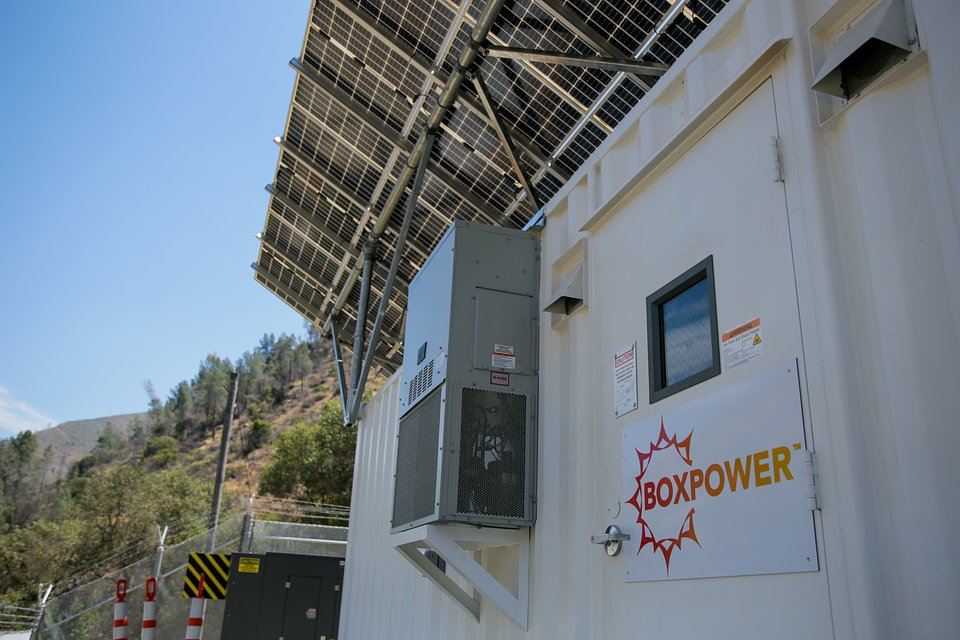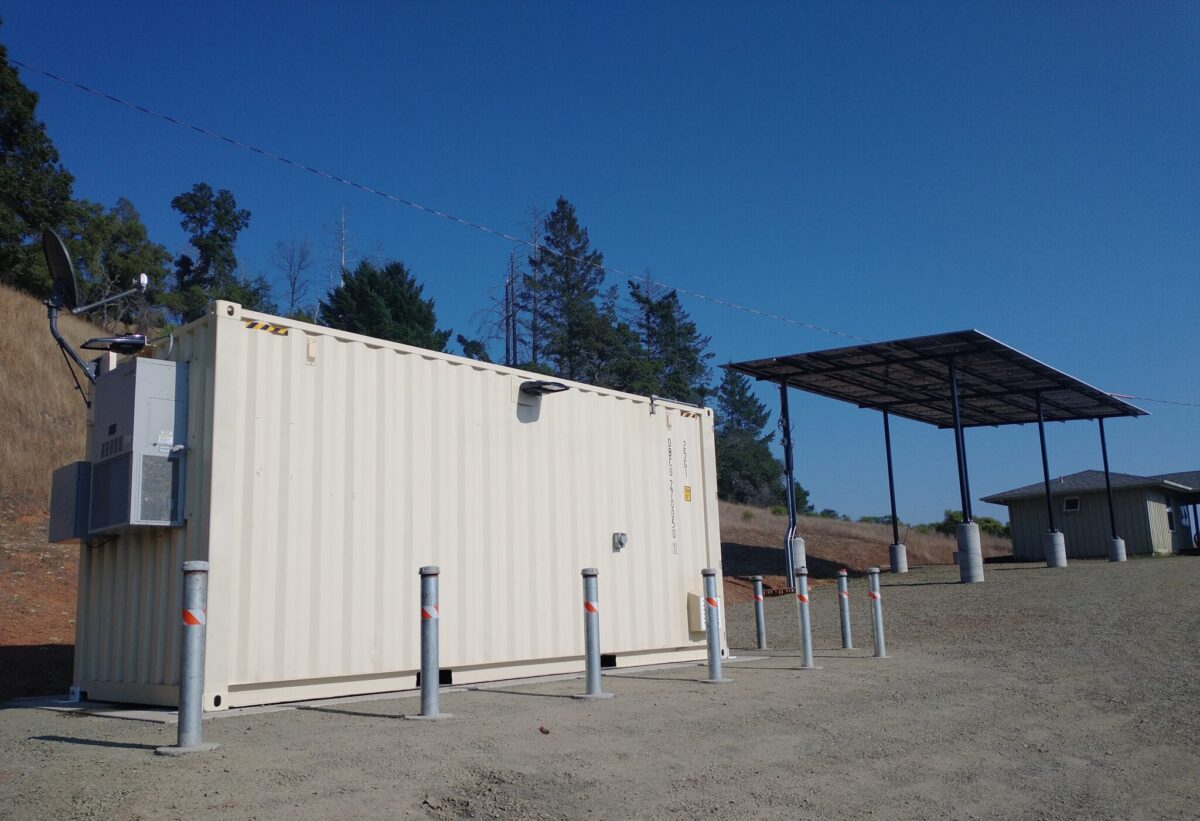BoxPower announced it was awarded close to $3 million in grant funds from the California Energy Commission (CEC) through the Electric Program Investment Charge (EPIC) program’s Realizing Accelerated Manufacturing and Production for Clean Energy Technologies (RAMP).
The company said it plans to use the grant funding to ramp up production of the SolarContainer, BoxPower’s turnkey microgrid product.
Selected from a competitive field of 50 proposals, the CEC selected BoxPower’s project for its potential to help advance California’s clean energy goals.
BoxPower said it plans to use the funds to advance its SolarContainer to the low-rate initial production stage, bringing the clean energy solution closer to widespread implementation. The company reports that the project aims to reduce production time, standardize modular subsystems, and increase manufacturing capacity.
“Increasing wildfires, increasing energy costs, and increasing energy needs demand we act quickly to reimagine the future of the California grid,” said Anderson Barkow, co-founder and chief financial officer of BoxPower. “With the CEC’s support, we are ready to scale our operations and deliver this essential technology to more communities, helping ratepayers and utilities alike meet their resiliency and sustainability goals without driving energy prices up.”
SolarContainer is a fully integrated, rapidly deployable microgrid that combines solar energy production with battery storage, along with advanced control systems. This container solution addresses three critical challenges that California faces right now: reducing wildfire risk, enhancing electric reliability, and expanding the capacity for electric vehicle charging in rural areas.
The SolarContainer is designed for use by utilities during wildfires. For example, Pacific Gas and Electric commissioned its first SolarContainer and uses it as a remote grid that replaces overhead distribution powerlines that once served customers in a high fire-threat district area in Briceburg, located in the Sierra Nevada foothills outside Yosemite National Park.

The Briceburg SolarContainer system provides a total PV capacity of 36.5 kW, as well as a 27.2kW/ 68.4/kWh lithium ferro phosphate storage system. Almost 90% of the energy produced will be generated by renewable sources, with the remainder from two integrated propane generators. A fire suppression system will protect the hardware and facility. It is being used as a permanent energy supply that replaces poles and wires.
This content is protected by copyright and may not be reused. If you want to cooperate with us and would like to reuse some of our content, please contact: editors@pv-magazine.com.









I have to wonder:
1. What the cost of this system is, including batteries, solar canopies & V2G chargers?
2. Why they’re not using non-flammable aqueous zinc batteries?
3. Could they just plop this down in a Walmart parking lot, anywhere USA, making the Walmart NetZero?